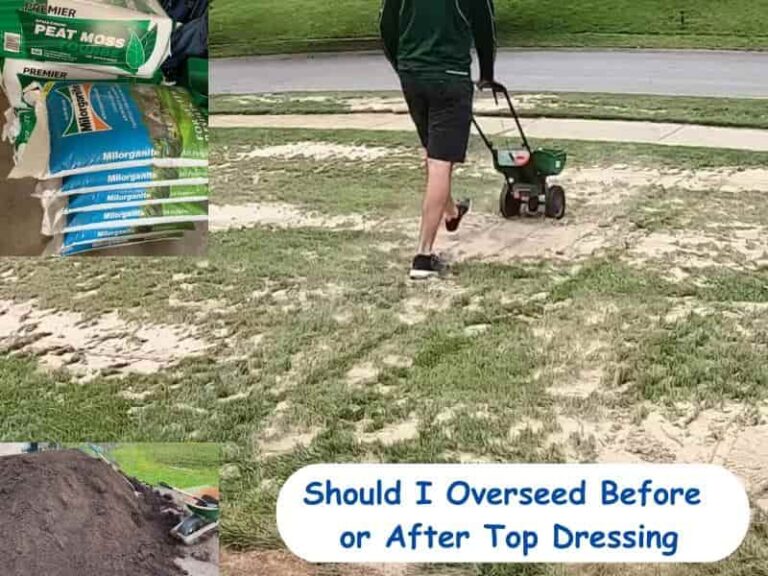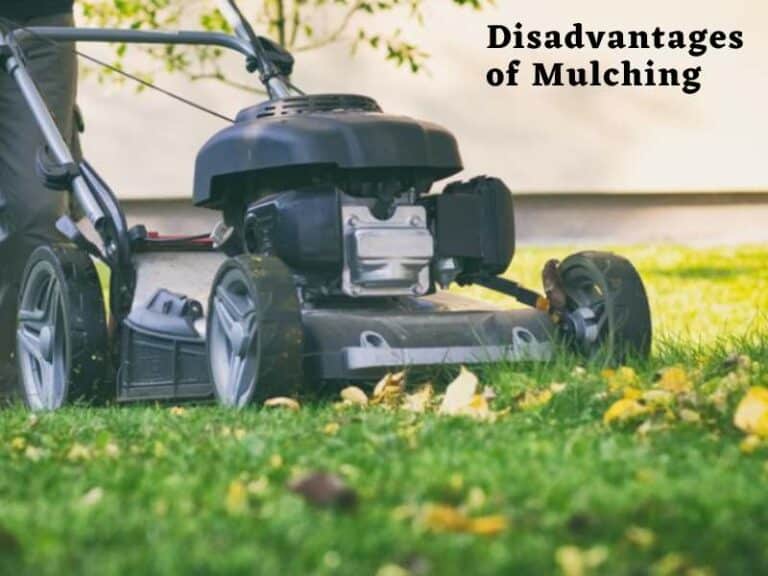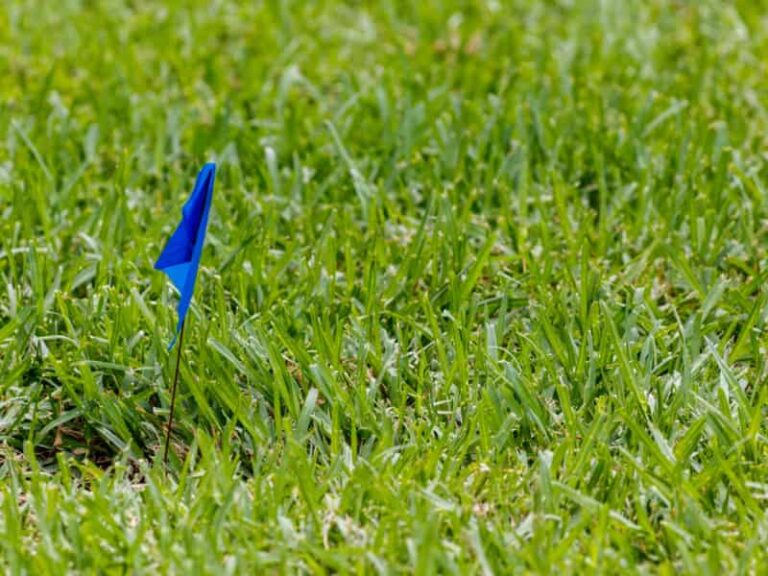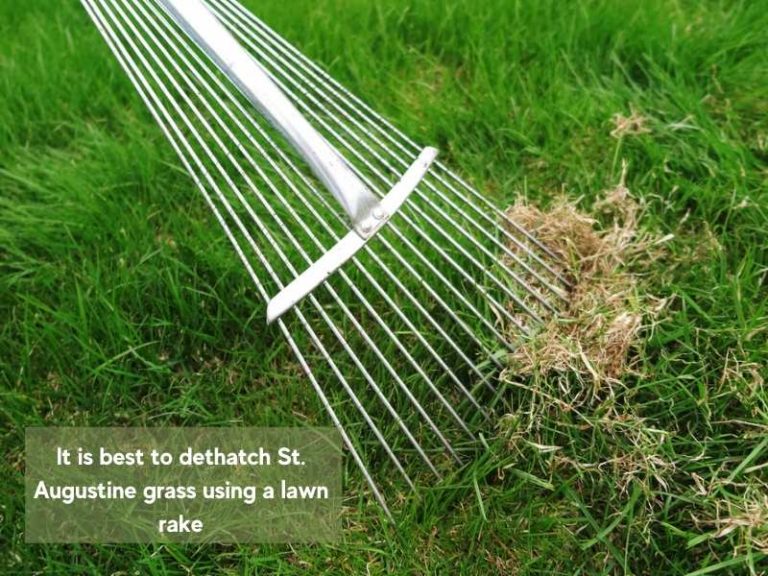Best Grass for Shade: Shade-Tolerant Grass Varieties for Low-Light Lawns
Sunlight- like air and water- is one of the natural resources supporting grass growth. Insufficient sunlight can lead to unhealthy lawn grass lacking lush, green appearance characteristics. Therefore, shaded lawns present a growth challenge for most turf-grass varieties, regardless of whether the shade comes from trees and shrubs growing on the lawn or nearby structures causing partial shading. But which is the best shade-tolerant grass?
Zoysia (Zeon and Geo Zoysia) and St Augustine (Palmetto, Sapphire, and Seville)-warm season grass thrives best under prolonged sunlight deprivation. Zoysia varieties thrive better in the presence of other stressors. Rough bluegrass is best for cold-shaded regions, while Fescue is best for lightly shaded-low nutrient soils.
What grass grows in shade?
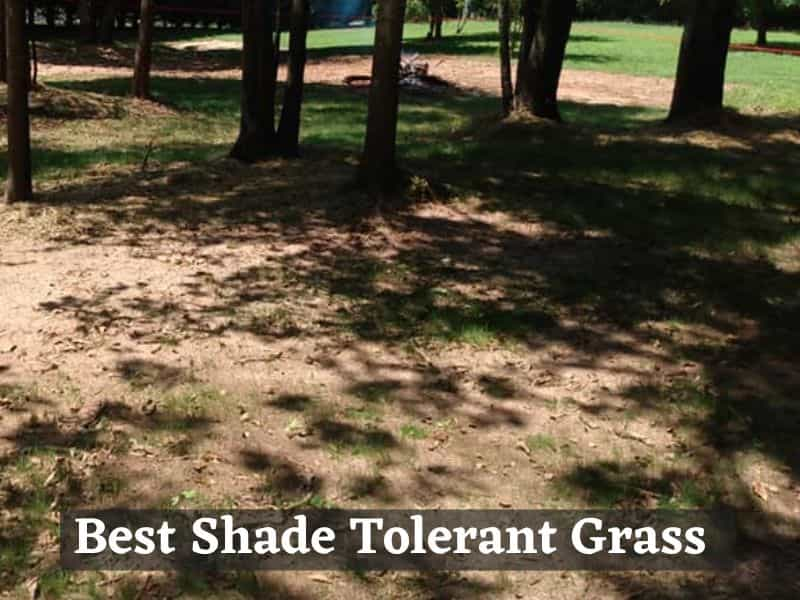
Do you have trees or nearby building structures shading parts or the whole of your lawn area? Is your lawn grass assuming a spindly, weak, and discolored appearance that’s visually unappealing? If your answer to both of these questions is ‘yes’, then you’re most likely dealing with a case of poor plant health due to low-light conditions.
Fortunately, various shade-tolerant turf-grass varieties do better in low-light conditions, provided that additional stressors are kept at bay.
I’ll look at five shade-tolerant grass varieties you can choose when planting grass on your shaded lawn.
1. Zoysia grass
Zoysia is a great warm-season turf grass for partially-shaded lawns. This turf-grass variety requires only about 3 hours of direct sunlight daily to grow and maintain its deep green turf color. It is more shade-tolerant than cool-season alternatives like Fescues and Ryegrass. However, St. Augustine grass is still not as prolific at thriving in the shade.
Fine-blade varieties like Zeon and Geo Zoysia are the most shade-tolerant Zoysia grass varieties.
Apart from withstanding the shade, Geo Zoysia will also thrive even when faced with additional stressors like heavy foot traffic.
2. Fescue
Fescue is a cool-season grass variety that can withstand lightly-shaded areas but won’t thrive under dense shading. Some sub-varieties- like Tall Fescue- have additionally adapted to thrive under conditions of low soil nutrients. This is an important advantage because many types of grass growing under tree shades tend to die due to having to compete for minimal soil nitrogen with the roots of these trees.
If you’re planning to grow Fescue on your shaded lawn, you’ll have to ensure it gets at least 4 hours of dappled or filtered sunlight daily.
3. St. Augustine grass
St. Augustine’s minimal direct sunlight requirements (compared to similar warm-season turf grasses like Bermuda grass) make this turf-grass variety the preferred option for shaded lawns.
However, not all St. Augustine grass varieties will thrive under conditions of prolonged sunlight deprivation. The Floratam sub-variety, for instance, requires an average of seven hours of direct sunlight per day to grow and stay healthy.
Specific St. Augustine Grass sub-varieties that are highly shade-tolerant include Palmetto, Sapphire, and Seville. These varieties only require 4 hours of daily-direct exposure to sunlight to thrive. Still, they are best reserved for partially-shaded lawns, as they may struggle to thrive in deeply shaded lawns.
4. Rough bluegrass
This bluegrass variety is the most adapted to shady, cool, and wet conditions, making it great for shaded lawns in colder regions. Rough Bluegrass doesn’t even need direct sunlight exposure at all, as it requires just over 4 hours of dappled sunlight per day to thrive.
By comparison, Kentucky bluegrass can also grow in shaded lawns- especially if planted via seed; but can’t cope without some hours of daily, direct sunlight exposure.
See Also: Tall Fescue vs. Kentucky Bluegrass
5. Perennial Ryegrass
This shade-tolerant Ryegrass variety needs minimal sunlight exposure to thrive, unlike many other Ryegrass varieties that don’t cope well in shaded areas. Perennial Ryegrass cultivar only requires about 5 hours of daily direct sunlight. However, filtered or dappled sunlight is likely to hamper growth due to the total lack of exposure to direct sunlight.
Also, this cultivar does well in soil temperatures between 65-80 degrees Fahrenheit but will struggle if soil temperatures exceed 85 degrees Fahrenheit. However, if your soil is adequately watered during the warmer summer days, your Perennial Ryegrass may maintain its healthy, lush appearance.
What southern grass grows in shade?
If you live in the Southern states, choosing the most appropriate shade-tolerant grass variety to grow in your lawn calls for considering multiple factors, including the soil type, the surrounding environment, the region’s climate, sunlight conditions, and the amount and frequency of rainfall.
This means that the most suitable grass varieties for the Southern-most states (like Florida and Texas) may not be the most suitable for Southern lawns located a bit further up (like in Virginia and North Carolina). For instance, Zoysia grass and St. Augustine turf-grass varieties are more likely to thrive in sunny and warm Florida than in the moderately warm Tennessee/Virginia region. Fine Fescues, meanwhile, would do better in shaded lawns in Virginia.
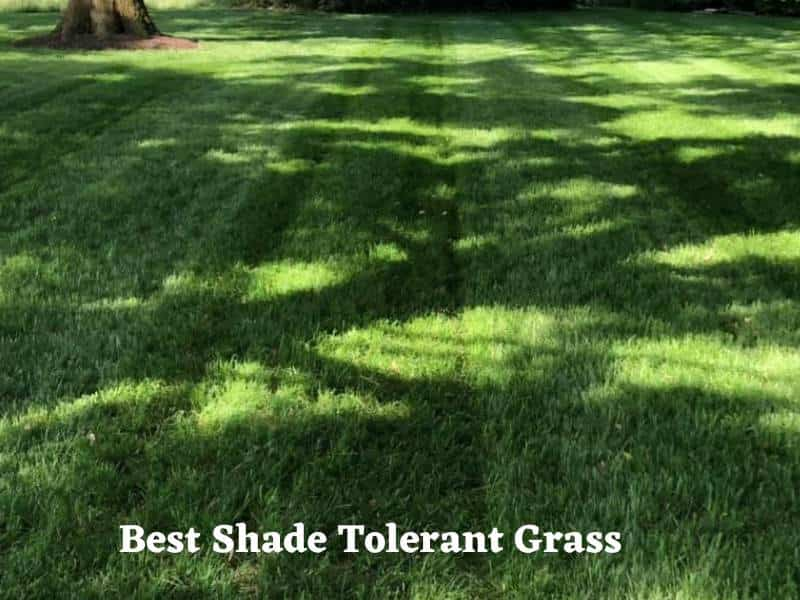
Below, we take a look at how various factors should affect your decision-making when picking a shade-tolerant turf grass for your Southern lawn:
1. Appearance
For a shaded lawn in the South, your best chance at achieving aesthetic appeal is to pick a grass type whose natural appearance masks the stresses caused by the low-light conditions.
A suitable grass type should have wide blades, a thick growth pattern, and striking coloration. St. Augustine grass is one warm-season grass that bears all three characteristics.
2. Climate Conditions
In Virginia and Tennessee, considered the upper South, the climate is not as warm as in the Southern-most states; temperatures sometimes drop to very low levels.
Add some shade to the equation- and what you have is a rather unfriendly growth environment for warm-season turf-grass varieties like Zoysia. Instead, go for a cold-season turf-grass variety like Fine Fescue.
3. Soil Conditions
Across the South, most soil types have good drainage properties, making lawns in the region great for growing water-sensitive grass varieties like Zoysia and St. Augustine grass that tend to suffer from drought whenever the soil is overwatered due to frequent rainfalls and poor soil drainage.
Does shade affect grass?
How does shade affect grass growth? Shade from trees, shrubs, and buildings affects grass growth since the grass needs air, light, nutrients, and moisture. Leaves from trees and shrubs block sunlight from reaching the grass leaves, hampering photosynthesis. In addition, the shrubs and trees may hinder the moisture from getting into the grassroots.
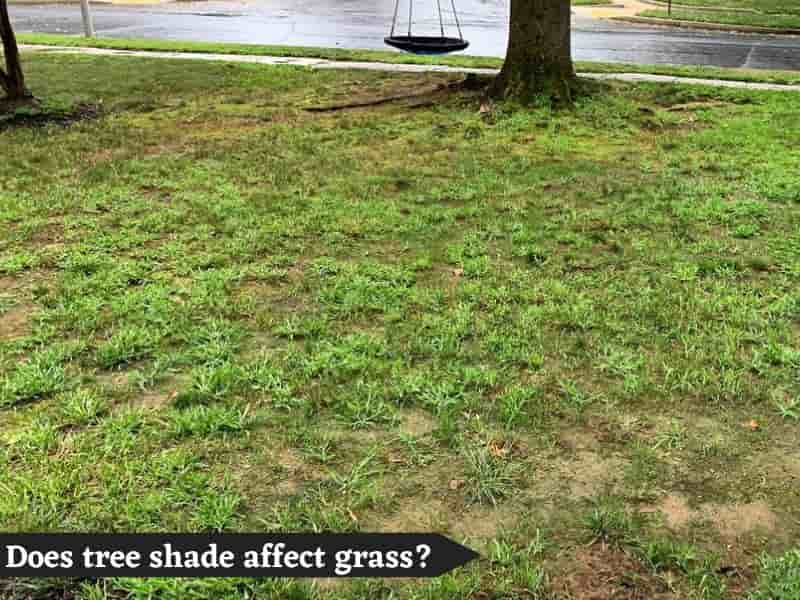
In addition, they may also reduce the air and nutrients getting to the grassroots. The roots from trees and shrubs may extend up to an area 7 times the shade size, competing for nutrients with grass, thus depriving grass of the right quantity of nutrients. The symptoms of such deprivation manifest as weak-thin grass with shallow roots that is susceptible to pests and diseases.
How to make grass grow in shade – under trees
The excessive shade provided by trees normally hampers the growth of most turf-grass varieties. Moreover, trees tend to use most of the moisture and nutrients in your lawn soil, leaving little for grass to thrive on. This, however, doesn’t mean that you can’t successfully grow grass beneath a tree-shaded lawn area.
Planting any of the shade-tolerant turf-grass varieties discussed above will set you on the path to success. None of the grass will do well in deeply shaded areas; all grass types need at least 4 hours of direct sunlight or at least a minimum of 6-8 hours of dappled sunlight.
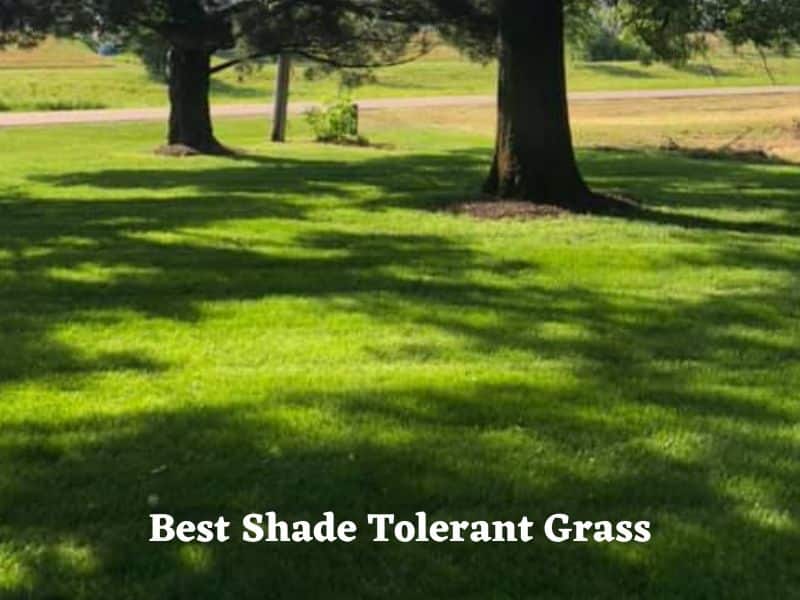
Tips for growing grass in shade areas
To ensure your tree-shaded grass grows fast and stays healthy, consider the following purchasing, planting, and maintenance tips:
- Consider one adapted to your geographic region when purchasing a suitable shade-tolerant grass variety. You can find credible information about turf-grass adaptability to specific climatic regions from various internet sources.
- Consider pruning some of the foliage when planting grass beneath large trees like oaks and figs that provide excessive shading. This will open up spaces through the overhead canopy, allowing more sunlight to reach the growing grass below. Remember, climbing large trees while pruning presents a significant safety risk as you may fall, so you should also consider hiring a landscaping professional to get the job done safely.
- When looking to feed your tree-shaded grass after planting, avoid applying commercial fertilizer, as grass growing in shaded areas typically requires less nitrogen than grass growing under direct sunlight exposure. Instead, apply slow-release organic compost, which you don’t even have to buy, as you can use informative tips on backyard composting.
- Another maintenance tip to aid the growth and health of your tree-shaded grass is to minimize/keep off any stressors. These may include foot traffic, herbicides, and pet urine.
- Mowing appropriately will also help your tree-shaded grass to thrive. This includes mowing at about one inch taller than you would grass grown under direct sunlight; the extra grass blade surface area allows for more sunlight in conditions where this resource is scarce.
- The final maintenance requirement to aid the growth of grass grown under tree shades is to water more often than a lawn exposed to direct sunlight. This is because the trees’ leaves block most rain from reaching the ground. What’s more, the grass is still usually left to compete for whatever little rainwater reaches the soil with the roots of the trees.

